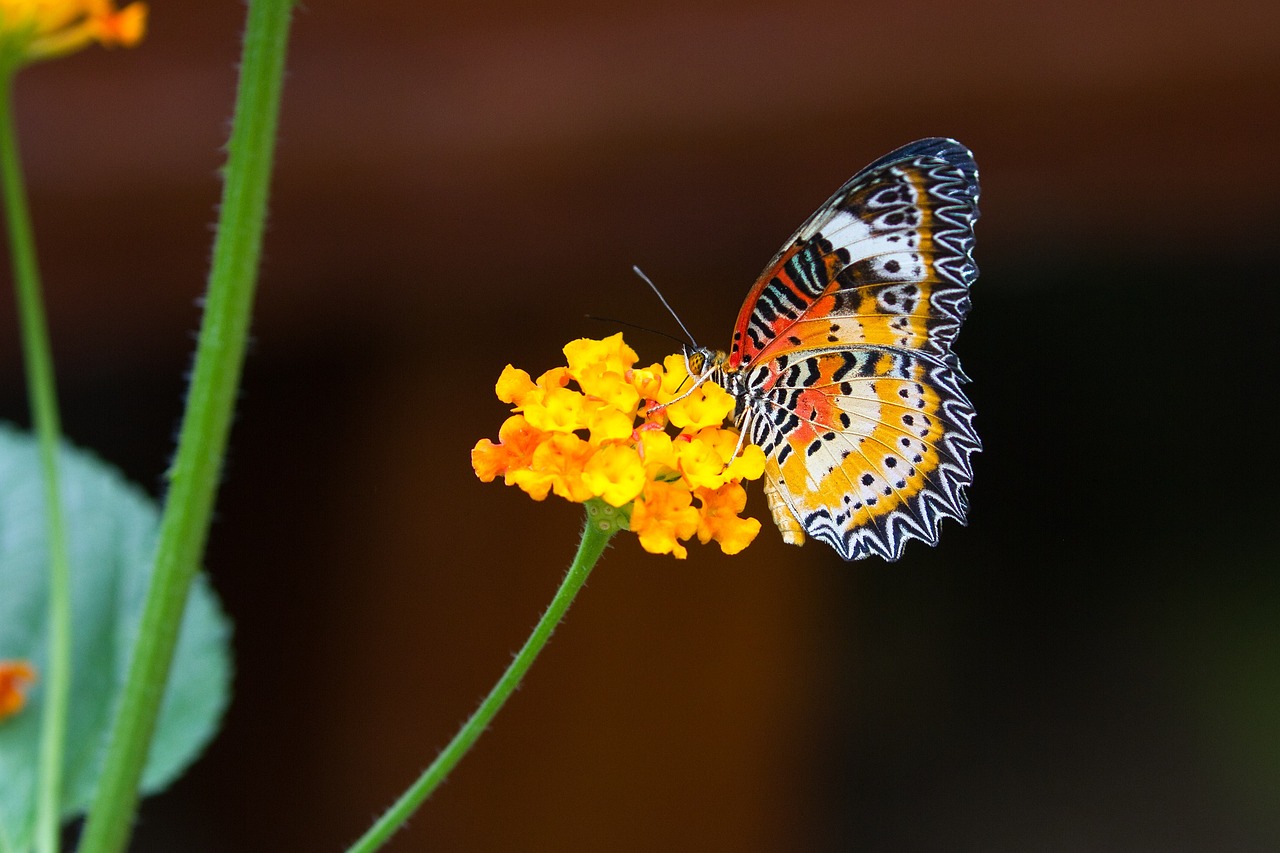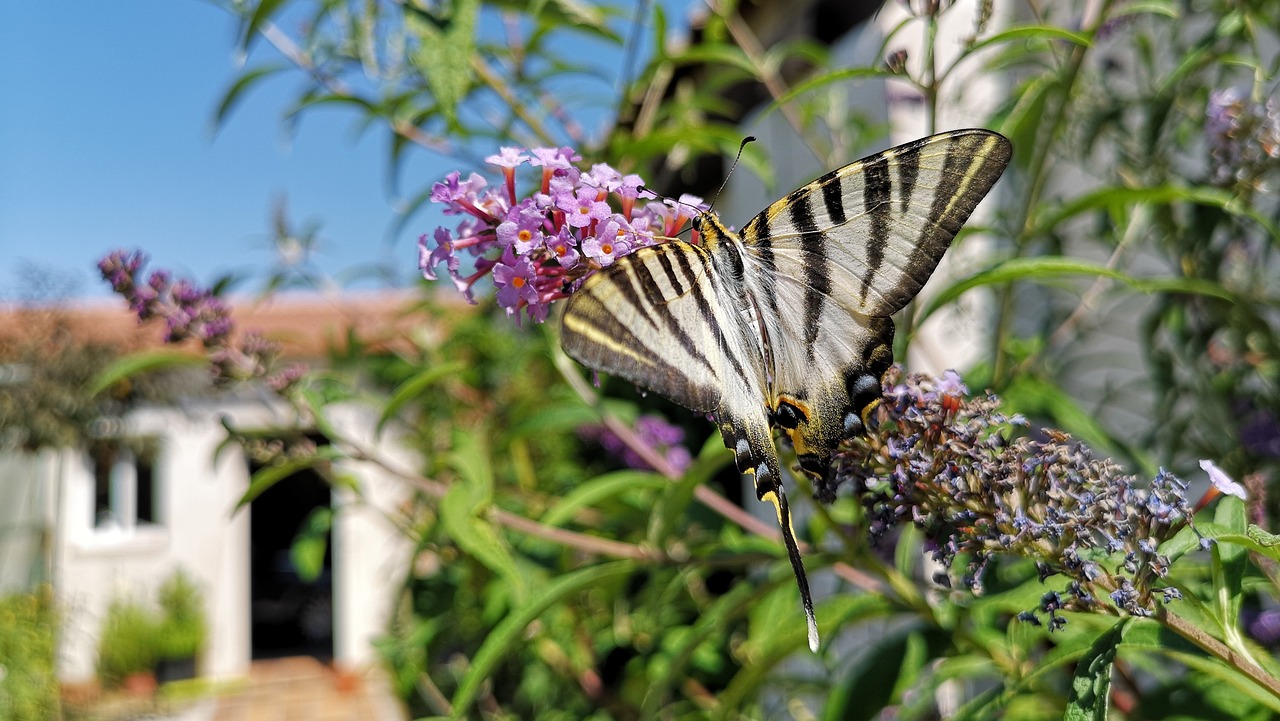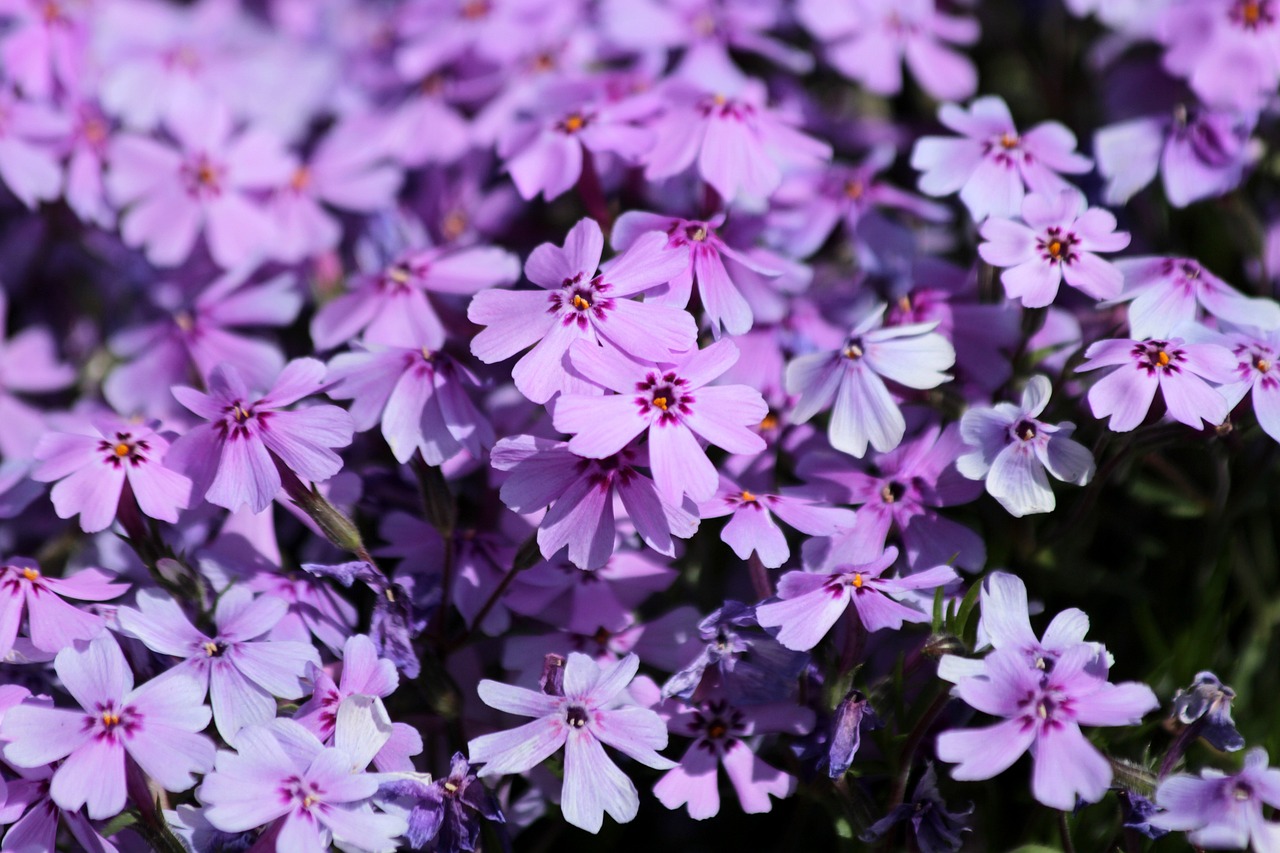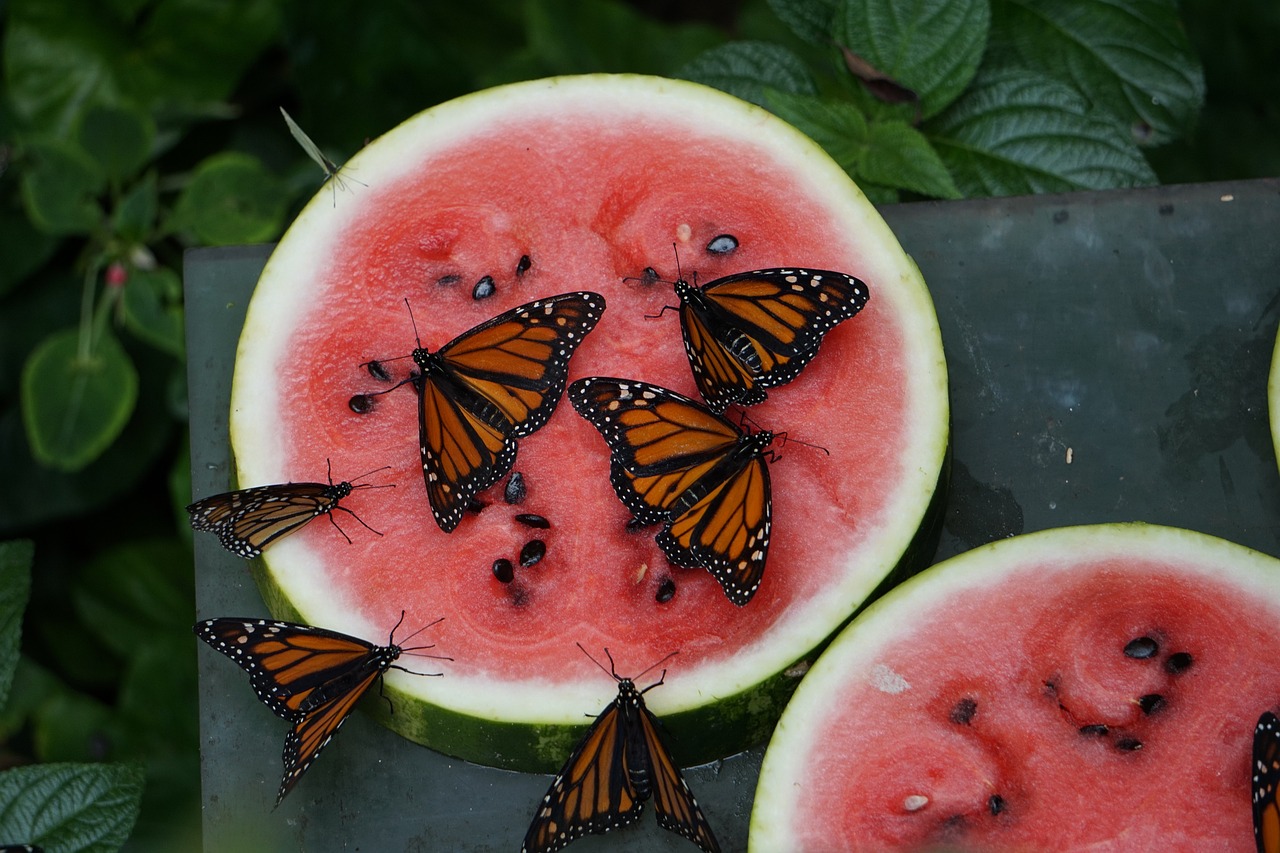Imagine a garden teeming with vibrant butterflies, flitting from flower to flower, adding a dynamic splash of color and life. Not only do these delicate creatures bring beauty and movement to your garden, but they also play a crucial role in pollination, helping plants to flourish. By planting perennials that attract butterflies, you can enjoy the beauty of these pollinators year after year.
In today's blog, your favorite gardeners will give you one more way to create paradise in your outdoor space with some of the most beautiful perennials, so stay to learn more.
Why Butterflies Are Important to
Your Garden?
Why Butterflies Are Important to Your Garden?
Why Butterflies Are Important to Your Garden?
Historically, butterflies have been significant to human culture and science. During Egyptian, Greek, and Roman civilizations, they symbolized transformation, and over the years people started to study their importance for ecology.
In the 20th century, the concept of butterfly gardens emerged, encouraging people to plant native flowering plants and provide environments conducive to their life cycles. Today, we can say that they are recognized as important indicators of environmental health and are a focus of many conservation efforts. Butterfly gardening has become a way for people, especially in urban areas, to connect with nature and contribute to biodiversity. This practice blends aesthetic enjoyment with ecological responsibility, continuing a rich tradition of appreciating and supporting these pollinators in our environments.

What Are Butterflies?
Butterflies are winged insects from the lepidopteran suborder Rhopalocera, characterized by large, often brightly colored wings that often fold together when at rest, and a conspicuous, fluttering flight.
They have a four-stage life cycle, and like other holometabolous insects, they undergo complete metamorphosis. Winged adults lay eggs on the food plant on which their larvae, known as caterpillars, will feed. The caterpillars grow, sometimes very rapidly, and when fully developed, pupate in a chrysalis. When metamorphosis is complete, the pupal skin splits, the adult insect climbs out, expands its wings to dry, and flies off.
Methods to Encourage Pollinators
Before we tell you which plants are butterfly-friendly, your favorite gardeners will give you four more ways to attract these creatures to your garden space.
- Leave fallen fruit under fruit trees.
- Avoid using pesticides.
- Plant larval food plants such as willows, elm, ivy, meadow, birdsfoot trefoil, and others.
- Provide places for overwintering adult butterflies like garages, sheds and other outbuildings
Perennials to Plant in Your Outdoor Space
Through evolution, individual butterfly species became highly selective with the types of plants they feed on. While many plant varieties can attract butterflies, some perennials could be better than others for providing essential nutrients.
By learning which plants and flowers are the best food sources, you can attract and support butterflies in your yard. Also, if you look forward to connecting with nature and even more pollinators, look at our article to learn more.

1. Butterfly Bush
The Butterfly Bush is a classic choice for attracting pollinators in tour garden. Its cone-shaped clusters of flowers come in a variety of colors including purple, pink, white, and blue. These blooms are rich in nectar and provide a continuous food source throughout the summer. Plant Butterfly Bushes in well-drained soil with full sun to ensure they thrive.
2. Coneflower
Coneflowers are a favorite among both butterflies and gardeners. With their large, daisy-like flowers, they provide ample landing space and a rich nectar source. They come in various shades of pink, purple, white, and yellow and it's hardy and drought-resistant, making them an excellent low-maintenance option.
Our professionals know everything about garden decorations and flowers, but if you want to know more about them, we have everything you need! Just look at our projects or contact us.
3. Lantana
Lantanas are known for their clusters of small, brightly colored flowers. They bloom from spring until the first frost, offering a long-lasting nectar supply. These plants thrive in full sun and well-drained soil. Lantanas can be grown as perennials in warmer climates or annuals in cooler regions.
We are 100 % sure that our help could be needed with creating a garden that is stylish and healthy enough for you and your family, so check out our planting service or garden landscaping and design.

4. Lavender
You know what they say, lavender is always a good idea. It's not only beloved for its soothing scent but also for its ability to attract pollinators. Its spikes of purple flowers bloom from late spring to summer, providing a long-lasting nectar source. Lavender thrives in full sun and well-drained soil, and it also repels pests, making it a beneficial plant for your garden.
5. Verbena
Verbena has tall, slender stems topped with clusters of small purple flowers that sway gracefully in the breeze. This perennial is a favorite among butterflies and blooms from summer to fall. Verbena prefers full sun and well-drained soil.
For your soil preparation, our professionals recommend reading here or even easy, just email us for details.
Your favorite Urban Gardeners keep more information about everything you want to know about your outdoor space on our blog page, so don't wait any longer and go read it!
Garden advices
Planting
Garden advices
Garden advices
10
November
03
November
6. Bee Balm
Bee Balm, or Monarda, produces vibrant red, pink, or purple flowers that are highly attractive to bees and hummingbirds. This aromatic perennial prefers moist, well-drained soil and full sun to partial shade. Its long bloom period and nectar-rich flowers make it a valuable addition to any butterfly garden.
7. Phlox
Garden Phlox features large clusters of fragrant flowers that bloom in mid to late summer. Available in a range of colors, including pink, white, red, and purple, Phlox is a magnet for butterflies. Plant Phlox in a sunny location with rich, well-drained soil for the best results.

For all the beginners, don't worry! Your favorite Urban Gardeners are here to help with every process of gardening, so you can provide the best result! You can ensure by checking our Instagram page or Facebook page.
Conclusion
By incorporating these perennials into your garden, you can create a vibrant, butterfly-friendly haven that will be enjoyed for years to come. Remember to provide a variety of plants that bloom at different times to ensure a continuous food source for butterflies throughout the growing season.
But remember, that our services are in line if you need us. Let us give you more tips or just let us do all the work for you, only by sending us an email at office@urbangardeners.co.uk or calling +44 7760 8000457.


0 comments